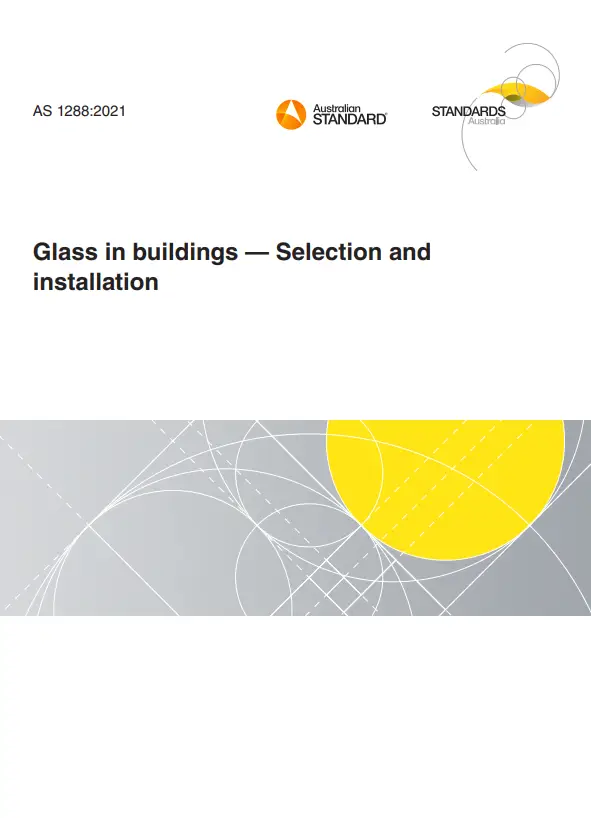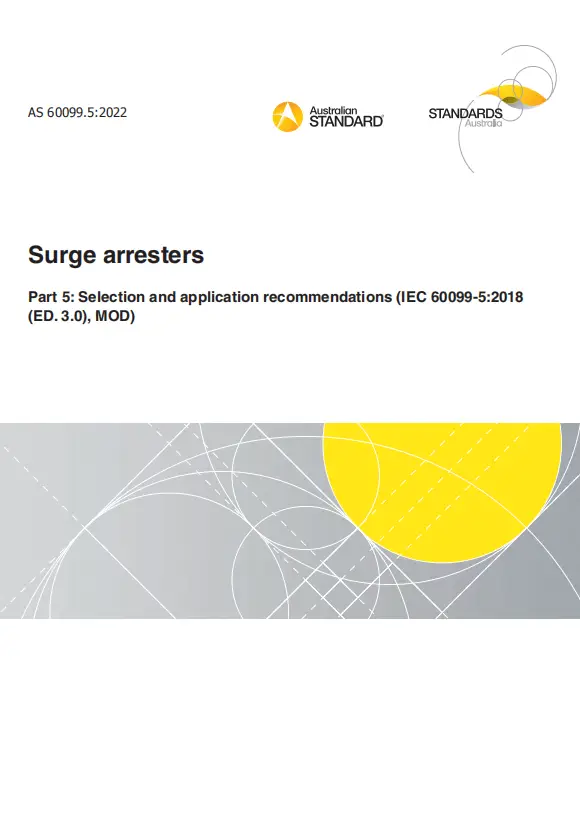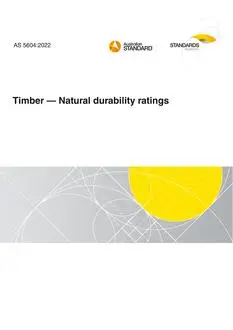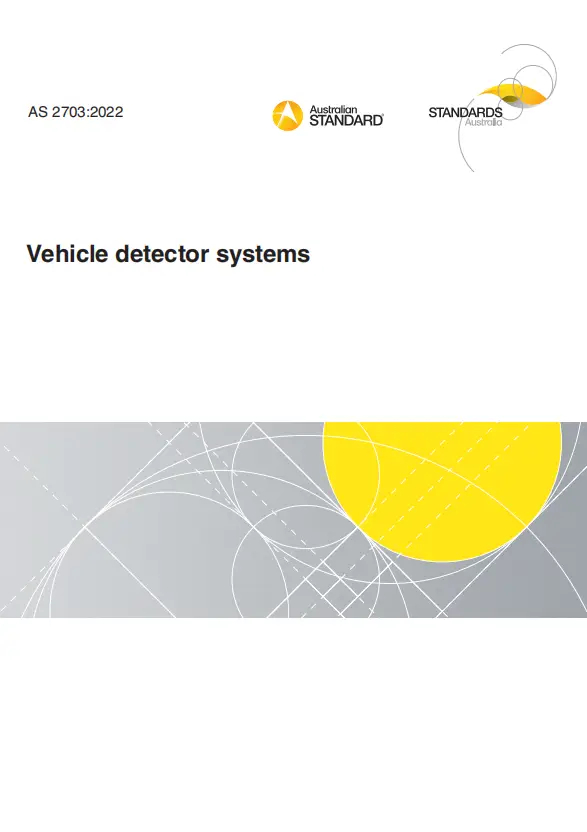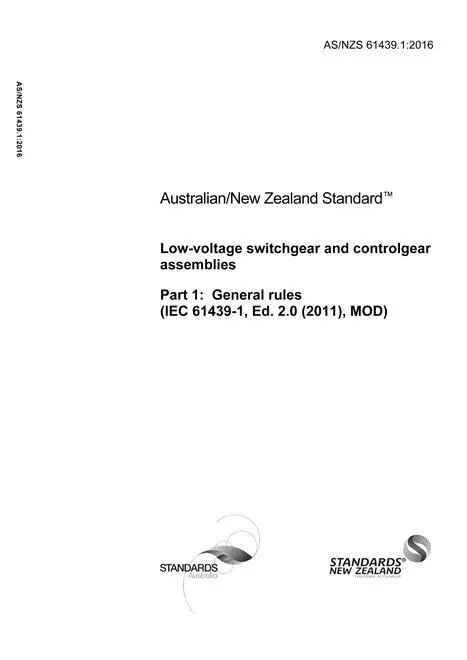AS 1288, 5th, 2021 – Glass in buildings – Selection and installation
This standard ets out procedures for the selection and installation of glass in buildings, subject to wind loading, human impact, and special applications. Glass strength is specified, based on the tensile stresses on the surface of the glass.
AS 1288 does not cover the following:
(a) Glazing in lift cares and lift wells.
(b) Furniture glass, cabinet glass, vanities, glass basins, refrigeration units, internal glass fitments and internal wall mirrors not specifically covered by Section 5.
(c) Buildings and structures with no public access intended for horticultural or agricultural use.
Note 1: The traditional use of these buildings suggests their current construction and glazing practices are acceptable. However considerations should always be given to the brittle nature of glass and the consequences of its breakage.
(d) Windows and doors in heritage buildings as defined by the relevant State or Territorial authority.
(e) Restoration and or repairs to existing headlights.
(f) Special glazing applications which might fail due to the stresses other than tensile stresses, such as shear stresses.
(g) Glass blocks, bricks or pavers.
Note 2: In Australia, legislation requires products to be ‘fit for purpose’. Where glazing is replaced because of breakage or any other reason, it is recommended that the replacement glass conform to the requirements of the relevant sections of this document, unless otherwise permitted by the relevant legislation.
General Product Information:
| Committee |
BD-007 |
| Purchase Note |
All current amendments available at time of purchase are included with the purchase of this document |
| Document Type |
PDF |
| ISBN |
978 1 76113 386 2 |
| Pages |
184 |
| Document Language |
English |
| Publisher |
Standards Australia |
| Status |
Current |
Preview
Table of cotents
Preface
1 Scope and general
1.1 Scope
1.2 Application
1.3 Normative references
1.4 Terms and definitions
1.5 Notation
2 Materials
2.1 Glass
2.1.1 General
2.1.2 Heat-strengthened glass
2.1.3 Toughened glass
2.1.4 Safety glazing material
2.1.5 Insulating glass units
2.1.6 Glass material properties
2.2 Other glazing materials
2.2.1 General
2.2.2 Structural sealant
2.2.3 Linseed oil putty
2.2.4 Steel sash putty
2.2.5 Gaskets
2.2.6 Preformed tape
2.2.7 Setting blocks, location blocks, and distance pieces
3 General design criteria
3.1 General
3.2 Loads and other actions
3.2.1 Loads
3.2.2 Load combinations
3.3 Limit states
3.3.1 General
3.3.2 Ultimate design strength
3.3.3 Serviceability limit states
3.4 Laminated glass and insulating glass units
3.4.1 Laminated glass
3.4.2 Insulating glass units (IGU)
3.5 Frames
3.5.1 General
3.5.2 Deflection limits
3.5.3 Panels glazed into the building structure
3.5.4 Mixed framing
3.6 Design thickness of glass
3.6.1 Glass of standard nominal thickness
3.6.2 Glass of non-standard nominal thickness
3.6.3 Maximum area for 3 mm annealed glass
3.7 Structural silicone
3.7.1 General
3.7.2 Strength limit state
3.7.3 Serviceability limit state
3.8 Selection of glass for minimizing the risk due to glass spontaneous fracture
3.8.1 General
3.8.2 Requirements to minimize the risk
4 Design for wind loading
4.1 General
4.2 Design wind pressure
4.3 Insulating glass units
4.4 Maximum span for glass panels subjected to wind loading
4.4.1 General
4.4.2 Rectangles of glass supported along all four edges
4.4.3 Rectangles of glass supported on two opposite edges
4.4.4 Rectangles of glass supported on three edges
4.4.5 Heat-strengthened laminated and toughened laminated glass
4.4.6 Serviceability checks
4.5 Organic safety films and other glass coatings
5 Criteria for human impact safety
5.1 Scope
5.2 Doors
5.3 Side panels
5.3.1 General
5.4 Glazing capable of being mistaken for a doorway or opening
5.4.1 General
5.4.2 Exceptions
5.5 Low-level glazing in residential buildings
5.6 External shopfronts
5.7 Internal shopfronts and internal partitions
5.7.1 General
5.7.2 Fully framed glazing
5.7.3 Partly framed glazing
5.7.3.1 Side edges, unframed
5.7.3.2 Top edge, unframed
5.7.3.3 Other unframed glazing
5.8 Bathroom, ensuite and spa room glazing
5.8.1 General
5.8.2 Fully framed glazing
5.8.3 Partly framed glazing
5.8.4 Frameless glazing
5.9 Balustrades
5.10 Schools, early childhood centres, aged care buildings and nursing homes
5.10.1 General
5.10.2 Schools and early childhood centres
5.10.3 Aged care buildings and nursing homes
5.10.3.1 Fully framed glazing
5.10.3.2 Partly unframed glazing
5.11 Mirrors and other types of glass subject to risk of human impact
5.12 Louvre blades subject to risk of human impact
5.13 Window seat glazing
5.14 Operable windows
5.15 Two-edge unframed glazing
5.16 Stairway glazing
5.17 Leadlights
5.17.1 General
5.17.2 Doors and sidelights
5.17.3 Windows and other applications
5.17.4 Low level glazing other than bathrooms
5.17.5 Bathrooms
5.18 Curved glass
5.19 Making glass visible (manifestation)
5.19.1 General
5.19.2 Panels other than doors and side panels
5.19.3 Marking
5.20 Unframed edges
5.21 Use of safety glass of non-standard thicknesses
5.22 Insulating glass units
5.23 Identification of safety glass
5.23.1 Original panels
5.23.2 Cut panels
5.23.3 Minimum marking requirements
5.23.4 Louvre blades and small panels
5.23.5 Non-standard thickness panels
5.24 Areas subject to high risk of breakage
5.25 Fire doors
6 Sloped overhead glazing
6.1 General
6.2 Loads and actions
6.2.1 Loads
6.2.2 Load combinations
6.3 Design criteria
6.4 Selection of overhead glass
6.4.1 General
6.4.2 Permanent, imposed and other actions
6.4.3 Wind actions
6.4.4 Live load (concentrated point load) application
6.4.5 Combined loads (dead, wind)
6.4.6 Glass thickness
6.4.6.1 For glazed panels inclined at less than 30° to the horizontal
6.4.6.2 For glazed panels inclined at greater than or equal to 30° to the horizontal
7 Barriers or balustrades
7.1 General
7.2 Handrails
7.3 Loads and other actions
7.3.1 Loads
7.3.2 Load combinations
7.4 Selection of barrier glass
7.4.1 General
7.4.2 Structural barriers — Cantilevered glass — Protecting a difference in level less than 1 000 mm, no handrail or non-load-supporting handrail
7.4.3 Structural barriers — Two-edge support (two opposite edges) — Protecting a difference in level less than 1 000 mm, no handrail or non-load-supporting handrail
7.4.4 Structural barriers — Three-edge support (bottom and two sides) — Protecting a difference in level less than 1 000 mm, no handrail or non-load-supporting handrail
7.4.5 Structural barriers — All types — Protecting a difference in level equal to or greater than 1 000 mm, interlinking handrail
7.4.6 Structural barriers — All types — Protecting a difference in level greater than or equal to 1 000 mm, no handrail or non-load-supporting handrail
7.4.7 Infill barriers — Protecting any difference in level, load-supporting handrail
7.4.7.1 Four-edge support
7.4.7.2 Two-edge support
7.4.7.3 Two-edge support — Mechanical fixings
7.5 Swimming pool barriers/fences
8 Installation
8.1 Scope
8.2 Site working and damage of glass
8.3 Dimensional requirements
8.3.1 General
8.3.2 Front putty width
8.3.3 Dimensions of rebates and grooves
8.3.4 Glass dimensional tolerance
8.4 Glazing materials
8.4.1 Suitability of materials
8.4.2 Compatibility of materials
8.4.3 Application of materials
8.4.4 Life expectancy of materials
8.5 Setting blocks
8.6 Location blocks
8.7 Distance pieces
8.8 Preparation of rebates and grooves
8.9 Glazing beads
8.10 Structural sealants
9 Framed, unframed, and partly framed glass assemblies
9.1 General
9.2 Structural silicone
9.2.1 General
9.2.2 Selection
9.2.3 Cleaning
9.2.4 Application
9.2.5 Silicone curing
9.3 Faceted glazing
9.3.1 General
9.3.2 Glass and silicone selection
9.3.3 Design of faceted panels
9.3.3.1 Included angles between 90° to 160°
9.3.3.2 Included angles greater than 160°
9.4 Fin-supported glazing
9.4.1 General
9.4.2 Design method
9.4.2.1 Determination of façade panel glass type and thickness
9.4.2.2 Determination of minimum fin thickness
9.4.2.3 Determination of fin depth
9.5 Unframed toughened and toughened laminated glass assemblies
9.5.1 General
9.5.2 Design considerations
9.5.2.1 Fail-safe requirements
9.5.2.2 Components
9.5.2.3 Glass design stress
9.5.2.4 Provision for expansion and structural movement
9.5.2.4.1 Suspended assemblies
9.5.2.4.2 Doors supported directly from the floor and partially suspended assemblies
9.5.2.4.3 Adjustment
9.5.3 Glazing techniques
9.5.3.1 General
9.5.3.2 Sizing
9.5.3.3 Glazing
9.5.3.3.1 Suspended assemblies
9.5.3.3.2 Sill-supported assemblies
Appendix A
A.1 General
A.2 Design wind pressures
A.3 Wind loading for housing
A.4 Wind loading for all buildings other than housing
A.4.1 General
A.4.2 Additional information for Table A.4
A.4.3 Additional information for Table A.5
Appendix B
B.1 Technical basis for the development of the design graphs
B.1.1 Analysis methodology
B.1.2 Design stress
B.1.3 Deflection limit
B.1.4 Edge supports
B.2 Examples
B.2.1 Example 1
B.2.2 Example 2
Appendix C
C.1 Introduction
C.2 Beams with intermediate buckling restraints
C.3 Beams with no intermediate buckling restraints
C.4 Continuously restrained beams
C.5 Buckling restraints
Appendix D
Appendix E
E.1 Safety when accessing sloped overhead glass
E.2 Toughened safety glass
E.3 Laminated safety glass
E.4 Heat-strengthened laminated safety glass
E.5 Toughened laminated safety glass
E.6 Safety wired glass
Appendix F
F.1 Strength design of structural silicone
F.2 Movement design of structural silicone
F.3 Installation of structural silicone
F.3.1 General
F.3.2 Cleaning
F.3.3 Silicone application
F.3.4 Silicone curing
F.3.5 Structural silicone monitoring
Appendix G
Appendix H
H.1 Scope
H.2 Laboratories
H.3 General requirements
H.4 Apparatus
H.5 Sample and sample preparation
H.6 Procedures
H.6.1 Barrier gap test requirements
H.6.2 Point load testing
H.6.2.1 Serviceability
H.6.2.2 Ultimate
H.6.2.3 Load application
H.6.3 Uniform line load testing
H.6.3.1 Serviceability
H.6.3.2 Ultimate
H.6.4 Infill point load testing
H.6.4.1 Serviceability
H.6.4.2 Ultimate
H.6.4.3 Load application
H.6.5 Infill uniform load test
H.6.5.1 Serviceability
H.6.5.2 Ultimate
H.7 Barrier with handrail
H.8 Barrier prototype testing
H.9 Test report
Appendix I
I.1 Scope
I.2 Handrails
I.3 Samples and sample preparation
I.3.1 Conditioning
I.3.2 Procedure
I.4 Test report
Appendix J
Bibliography

